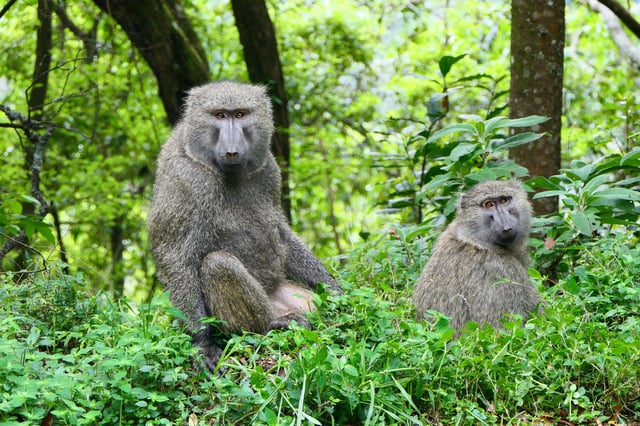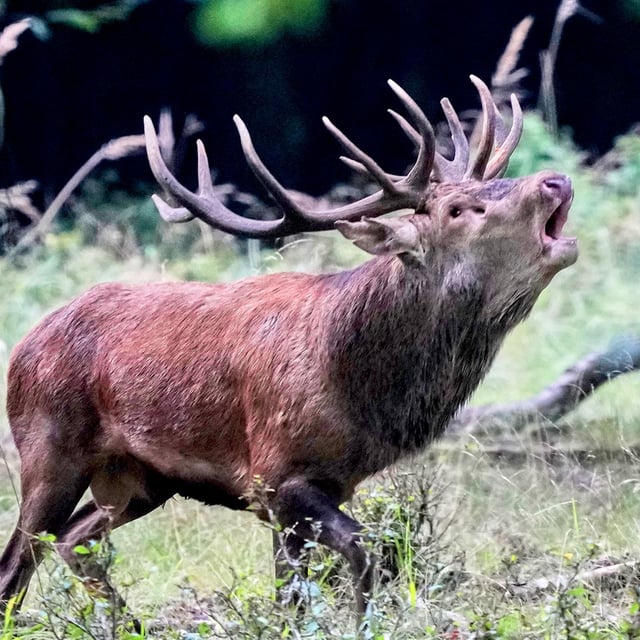Overview
- The Science Advances analysis pooled records for 1,176 species, the most comprehensive cross-species dataset on sex differences in longevity to date.
- In 72% of mammals, females live about 12–13% longer than males, whereas in 68% of birds, males live about 5% longer, patterns consistent with the heterogametic sex hypothesis.
- Species with intense male competition and polygamy, common in many mammals, show shorter male lifespans, while monogamy is linked to smaller gaps and often a male edge in birds.
- The sex that invests more in raising offspring tends to live longer, with primates highlighted as a case where extended maternal survival benefits offspring.
- Comparisons of wild and zoo populations show the gap narrows under care but rarely disappears, and notable exceptions such as many birds of prey illustrate substantial variation.



